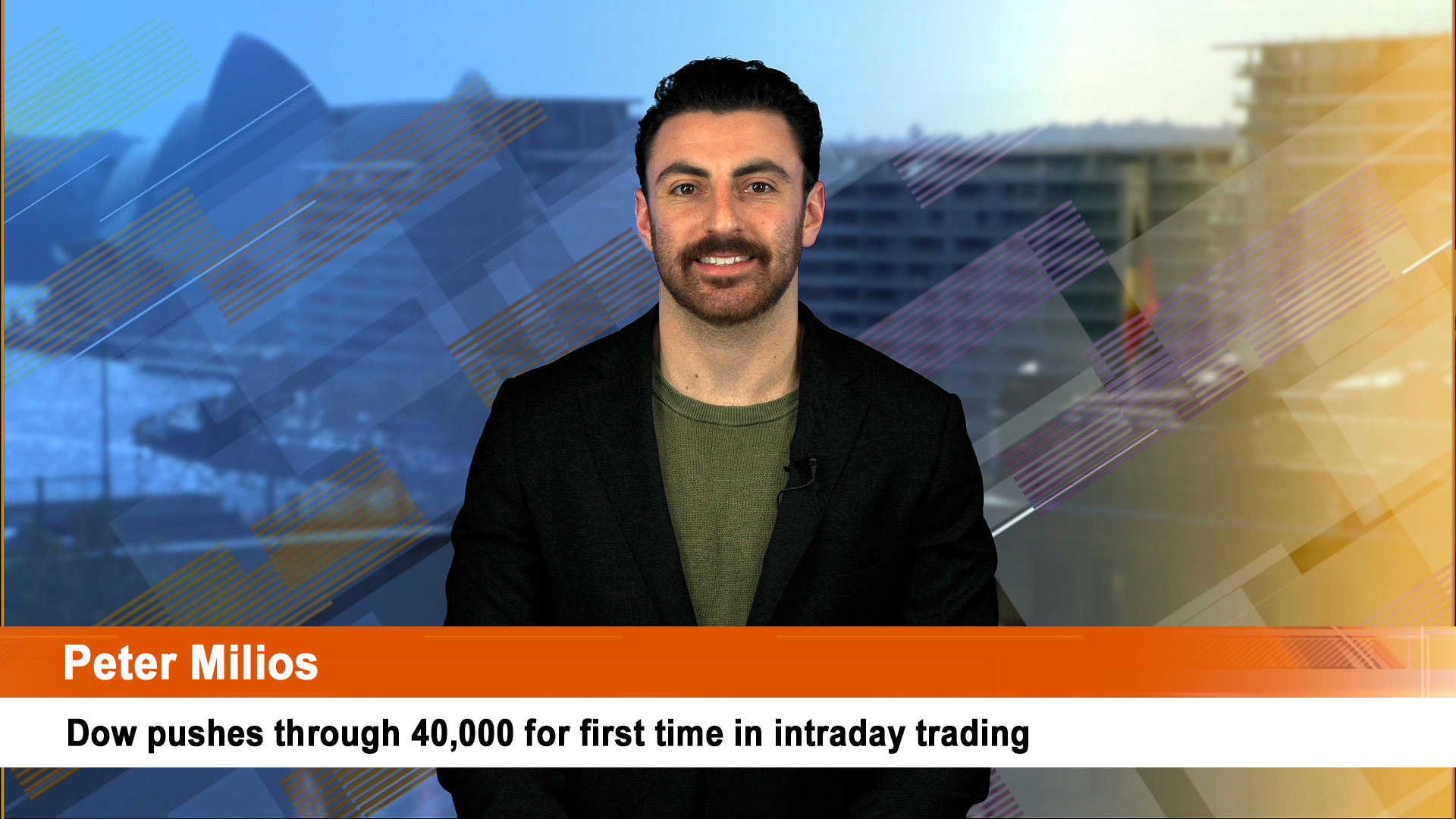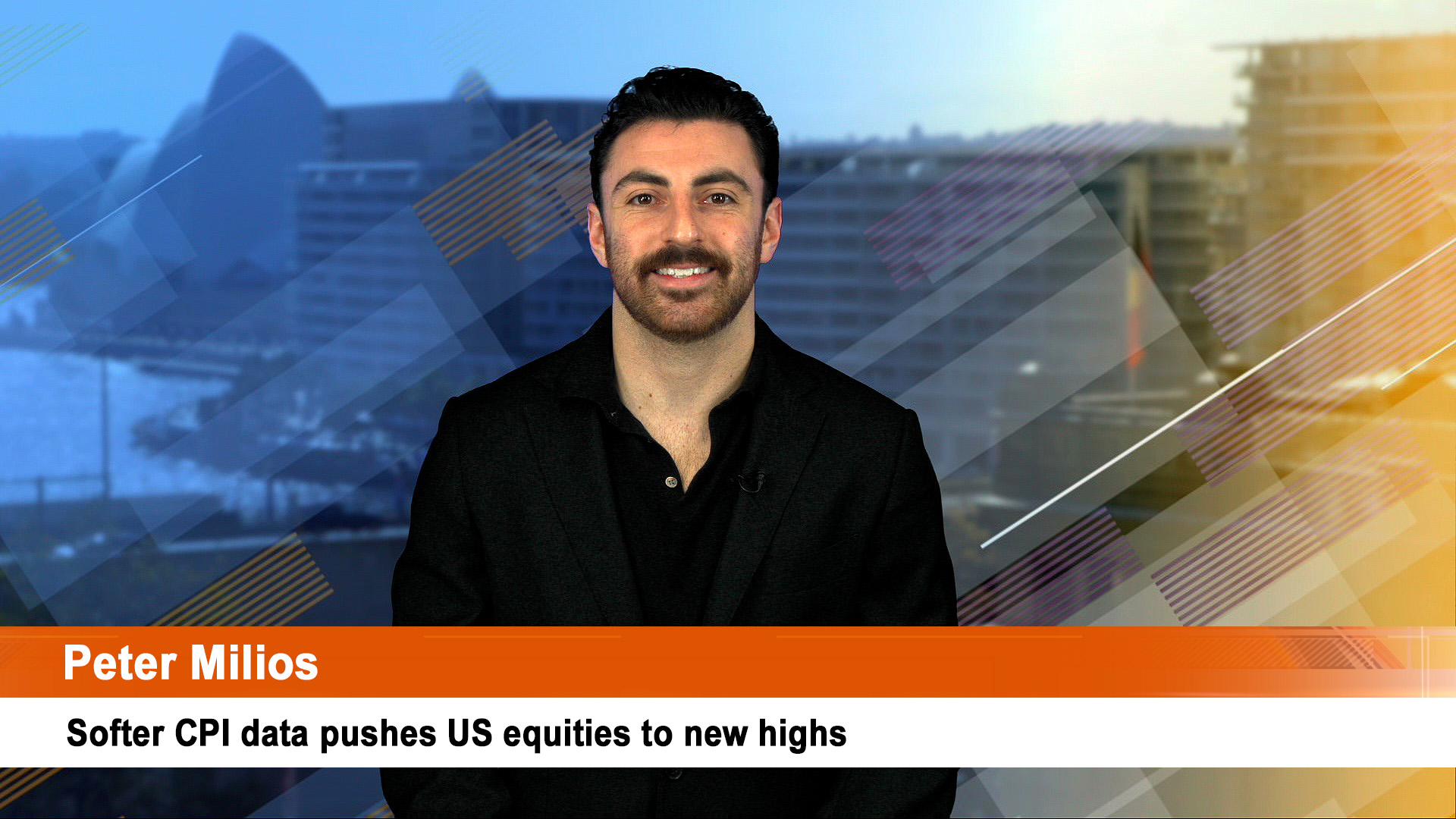The boom is back with Wall Street and global markets ‘rescued’ this week by the most unlikely of saviours: US CPI running at a near 40-year high of 7.7%.
You’d never forecast that would you? Well, few did and the reaction was a stunning rebound that fed the growing investor appetite for risk.
Wall Street had its best day for two years, while the ASX ended the day up 194 point or 2.79% and 3.85% for the week. Asian markets also surged with the sagging Hong Kong exchange zooming more than 5% higher.
For the best part of a month now US markets have been looking for a reason to rally – in fact it is a bit like it was in March 2020 as amid the doom and gloom of the first wave of the Covid pandemic. Wall Street especially sensed a reason to rally off steep lows and started that long charge higher for the rest of that year.
The lows are not as deep this time around – the doom and gloom from inflation, higher interest rates and the stronger US dollar do carry the same unknown fears we had about the pandemic (and still do to an extent) back them in 2020.
There were a couple of attempts in October to run higher but they ran out of puff – a Fed 0.75% rate rise and tough talk from chairman Jay Powell did the damage last week.
The US Consumer Price Index for October was always in the release schedule this week and was looked at as just another drip of ‘bad’ news even if the forecasts were for the annual inflation rate to end up around 7.9% to 8%.
But few thought 7.7% – a big fall from the 8.2% in September and that and a couple of other positives in the report were enough for investors to ignore the obvious negatives and go with the narrative that its boom, not doom and gloom.
The Dow surged 1,200 points or 3.7%, the S&P 500 jumped 5.5% and the Nasdaq enjoying its best day on record with a 760 point, 7.35% surge.
The best example? Amazon shares – days after getting publicity for losing $US1 trillion in value as it fell well under a market cap of $US1 trillion – its shares jumped 10% on Thursday to be within sight of regaining the trillion-dollar level. Apple shares were up 12%.
The dip to 7.7% in October (and despite higher petrol prices) doesn’t mean inflation has been vanquished in the US, but niceties like that are ignored by investors grabbing at any slice of good news to rally out of a rut.
That saw prices – especially key commodities such as gold, silver and other metals – higher for a while as traders punt that the uber-strong greenback is now on a one-way track – downwards.
If anything, that belief is not shaken by some weak figures in the immediate future – the belief the US dollar is going to continue weakening could be the most lasting positive to emerge from the CPI report and the market reaction.
The (mainly) status quo outcome of the US mid-term elections was another positive, especially as President Biden’s legislative program has directed billions of dollars in loans, grants, aid and other spending towards business to help build infrastructure, computer chips, renewables and other technologies.
Biden and America have also proven steadfast in standing up to Putin’s invasion of Ukraine and China’s aggressive stance in Asia.
The big rebound in markets and the fall in the value of the US dollar is a punt by investors of all types that inflation in the US is definitely easing from the four-decade peak seen in midyear.
It was the first time since February that the annual increase in the CPI was below 8%.
The annual CPI peaked at 9.1% in June, which was the biggest annual rate since November 1981.
The CPI gained 0.4% on a monthly basis and an annual 6.3% for the core reading which was down from the peak 6.6% outcome in September.
Helping annual inflation slow are the disappearance of last year’s big increases from the calculation.
That ‘base effect’ (as statisticians call it) will see monthly readings improve for the next few months – the November and December 2021 annual readings were a high 6.8% and 7% respectively.
Encouragingly the month on month rise in the CPI have slowed to just 0.4% for the last two months – that’s a long way from the peak 1.3% surge in June in the wake of the impact on energy, food and other costs from Putin’s invasion of Ukraine.
Inflation is clearly easing and the moot point for markets is now how many more interest rate increases and their size – while investors are wondering; how far do we take prices higher – and bond yields lower?
The betting – with a month to the next Fed meeting – is for a half a per cent rise in December and then nothing for a couple of months to allow time to see the impact of the accumulated increases. A smaller 0.25% rise is coming back into forecast range as well.
US bond yields (on 10-year Treasuries) plunged more than 30 basis points on Thursday to around 3.83% – more in the blind hope of the initial reaction – that interest rates will no longer need to remain as high as everyone feared before for the CPI report’s release.
The US dollar fell sharply as the market punted that the Fed won’t have to lift rates much further. The Aussie dollar soared past 66 US cents – up 2.7%. The US dollar index also fell against the yen, the pound and the euro to be down more than 2% in a day – a very big move.
The better-than-expected inflation reading will take a little pressure off the fall in real wages in the US – but only a little.
Actually, there is no chance of the US seeing the long-forewarned explosion in wages because of the rise in inflation. That was and continues to be a furphy.
The latest jobs and wages data from the US government for October shows average hourly wages slowed an annual 4.7% – the lowest rate of growth for more than a year and well under the peak 5.6% rate seen in March.
The weakening in wage growth has gone all but unnoticed by the panic merchant/headline grabbers among economists and analysts who were warning of a wage explosion or a ‘wages prices spiral’.
As it is for millions of Australian families, the reality for more than 100 million American workers is that 2022 and much of 2023 will be a time of falling real wages, increasing pressure on them and their families and on the wider US economy as their spending power fades.
US real wages were 3% under the American inflation rate in October – the situation in Australia where real wages went backwards by 5% or more in the September quarter.
The US jobs market is still growing – but at a rate slower than last year – 407,000 a month so far in 2022 (with most of that in the first four months) against 562,000 last year.
Big tech companies are slashing thousands of jobs – Meta, Salesforce.com Amazon (quietly), and, of course, Twitter are just some of the names this week revealing cuts. CNBC reckons more than 20,000 tech workers have lost their jobs so far in November.
More are quietly going, but so far that has made little impact on initial unemployment benefits which rose 7,000 to a still ultra-low 225,000 last week. Perhaps this week will see a lurch upwards with all the tech job losses.
So, any implications for Australia from the trends in the US inflation, jobs and wages data?
Australian inflation is still rising because of high energy costs and the surge in housing costs (which means the real inflation rate is considerably overstated because only a a few thousand people are impacted each month by higher new home costs).
Our CPI has yet to peak – the forecast is around 8% – less than the US peak of 9.1% and the European and UK peaks above 10%.
The health of labour markets in both countries is very similar at the moment with high levels of unfilled vacancies and weak wages growth compared to the high rates of inflation and rising interest rates.
That’s the reality in the wider economy – but not on Wall Street (or the ASX) for the moment… in other words, dreams and business as usual for markets.













